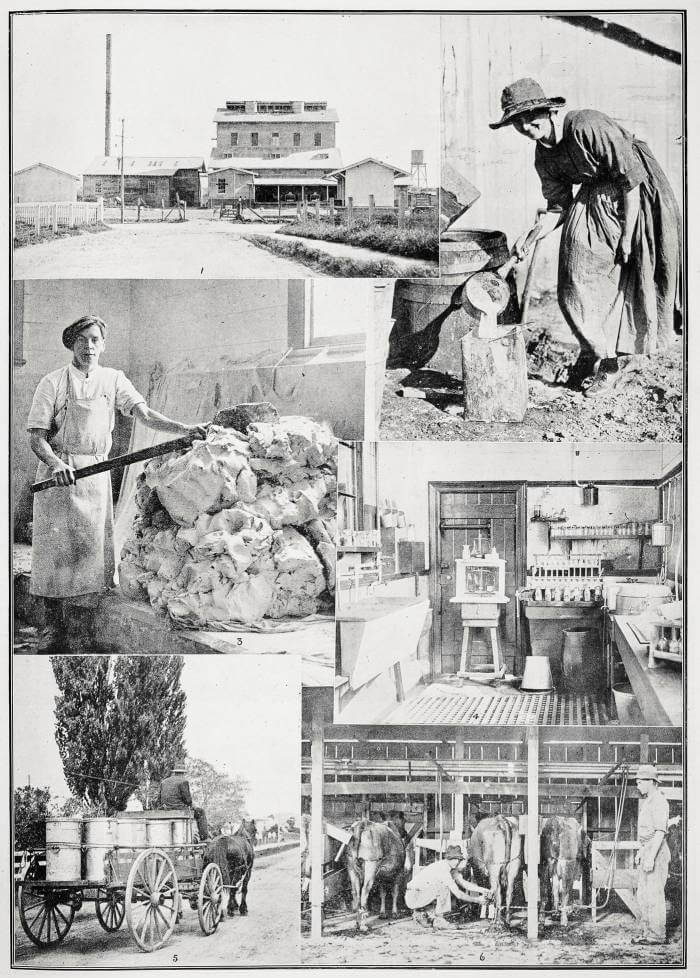Meghan Hawkes looks back on Waipa news in 1921.
Scenes from the dried milk factory in Te Awamutu and the butter factory in Ngāruawāhia.
A new Te Awamutu venture was to begin producing dried milk. Dried milk, whether with or without its cream, was a highly concentrated food, and it was dried milk without cream that was the product contemplated for the Te Awamutu factory.
Dried milk was far more convenient to the housewife and the cook than liquid milk which was always in danger of going sour or being contaminated. Dairy farmers around Te Awamutu would be guaranteed that as the public become more educated as to the high food value of dried milk, they would increase their purchases. There was no doubt that behind a proper barrage of education on the subject the people of the world would welcome the new industry.
Despite a cold snap an enjoyable euchre evening was held for those who splashed bravely through puddles and mud to their usual rendezvous, the Te Rore School. Following the card game and supper there was a pleasant little dance, Miss Samuelson and Mr Krippner providing suitable music. Mr Krippner also gave several amusing recitations. Many reached the conclusion that on a wet night there were far worse places to be than the Te Rore schoolroom.
Gorse, blackberry and fern covered hundreds of acres in Pirongia. These ‘absentee’ acres needed legislation to bring about some remedy.
Isolated patches had been cleared, fenced and sown, and were being farmed by owners or lessees. But on other sections the rates had never been paid, while on others they had been paid by those holding the lands for speculative purposes. These people neither cleared nor improved the lands, and their holdings were a distinct menace to the freedom from noxious weeds of adjoining lands and detrimental to the advancement of the district. This state of affairs had been most unsatisfactory for 20 or 30 years and was steadily growing worse. It was suggested that the Minister of Lands be empowered to seize the sections, bring them under the provisions of the Public Works Act, and offer the lands in blocks for sale by public auction.
The Raglan County’s five-ton motor lorry, laden with long bridge beams, crashed through a bridge at Harapepe. Just as the front wheels touched land the bridge collapsed, and had it not been for the long length of the beams reaching the opposite bank, a most serious accident would have taken place, as nothing could have prevented the lorry from dropping backwards into the water, which was about 10ft deep. A temporary service bridge had to be erected to allow the traffic to pass until the county’s lorry was extricated, which occupied a couple of days.
A young man, who was going to visit some friends in Te Kūiti missed the express and went on by one of the slow trains. A long stop at Ōhaupō was followed by another at Te Awamutu, and when about half an hour had been spent at Te Kawa the guard came through the train, and the young man said to him “I say, guard, are we likely to reach Te Kūiti tonight? I have only come from Frankton Junction, and, so far, I have been on the train for four hours.” “That’s nothing,” replied the guard, “I’ve been on it for four years.” “Great Scott!” exclaimed the young man, “you must have come right through from Auckland!”
The roar of laughter from the other passengers drowned the guard’s reply.









